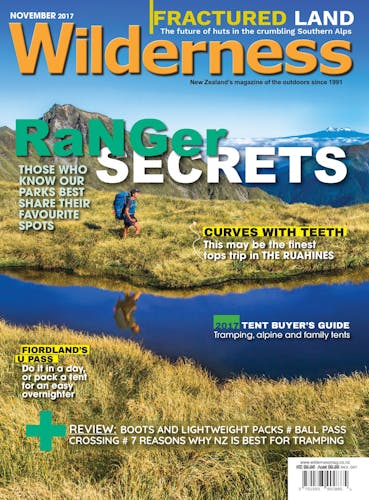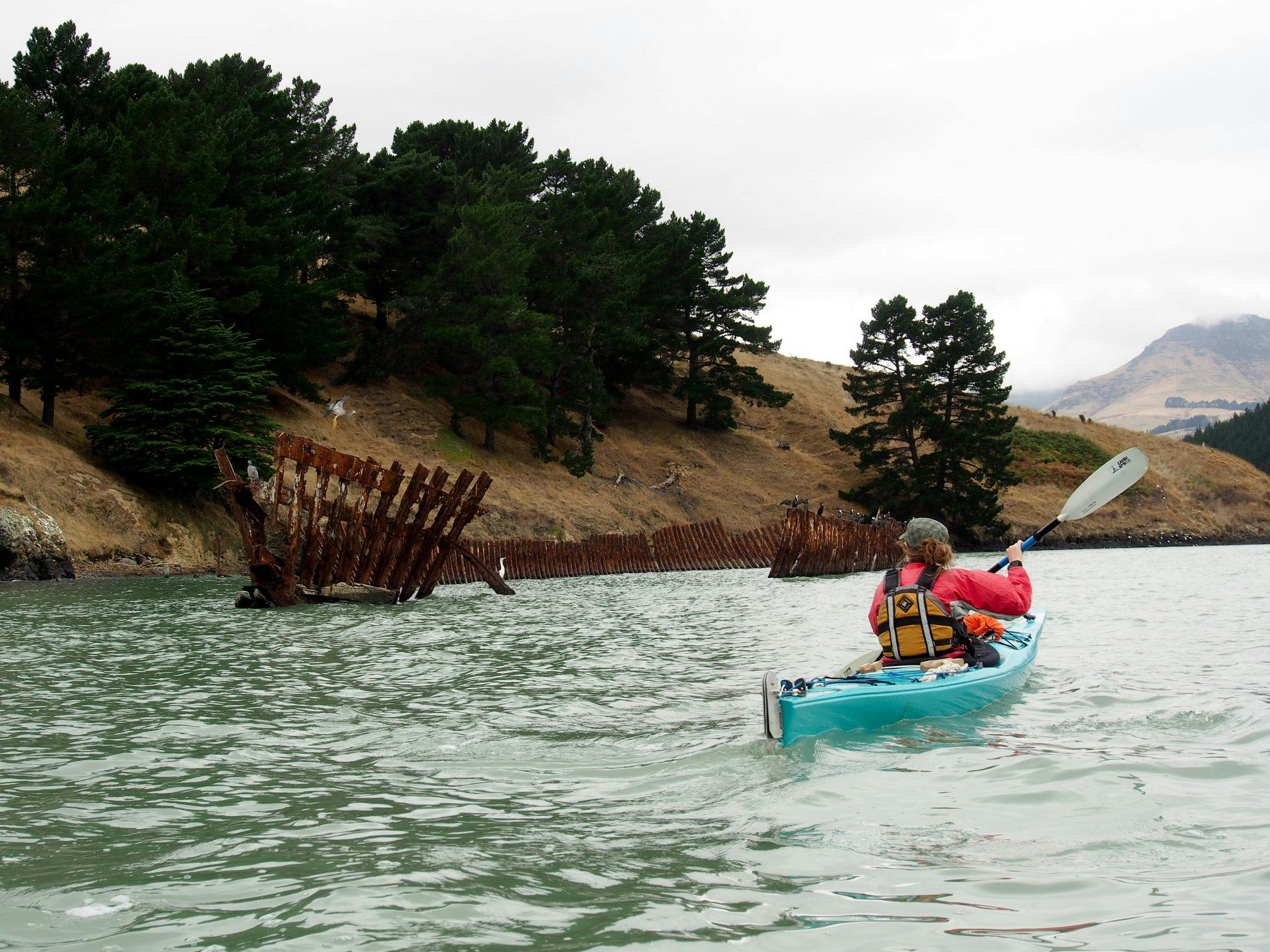- A trail less travelled in Tongariro
- Splendid isolation
- A frosty paradise
- Into the Alps
- Abundant birds and spectacular views
- On Christchurch’s doorstep
- Sanctuary from the city
- A lonely lake
- Kahikatea kingdom
- A Karaka of a walk
- Paddle, hike, swim
- Hot spring heaven
- Playground in the heart of the Sounds
- Top location
- Miners’ huts over Wakatipu
- Yellowhead haven
- Historical hut
- Revitalised Hut
Ōtamahua/Quail Island, Lyttelton Harbour
Ranger: Jenna Thoms, Christchurch
Off the coast of Banks Peninsula lies a quiet island with a unique history.
Ōtamahua/Quail Island was named for the New Zealand quail, the first bird to become extinct after European settlement in 1875. The island’s history is varied; farmed since the 1850s, it was later used as a quarantine station for incoming immigrants beginning in 1874. Livestock was also quarantined on the island, and Antarctic explorers Robert Falcon Scott and Ernest Shackleton used it as a dog and pony training ground. A colony of lepers lived on the island from 1906 to 1925, and influenza victims were sent there in 1918. It became a nature reserve in 1975.
The island is also home to a ship graveyard, with the remains of numerous vessels visible at low tides.
Ōtamahua translates as ‘the place where children collect seabird eggs’ and is home to birds such as black-backed and red-billed gulls, white-flippered penguins, terns, shags and oystercatchers.
The island can only be accessed by boat (a ferry runs daily from Lyttelton), and offers a 4.5km (2-3hr) loop walk which passes shipwrecks and the remnants of the quarantine residences.
Jenna Thoms, a ranger from Christchurch’s Mahaanui office, says it’s her go-to place.
“My favourite time on Quail is walking around at sunset, admiring the surrounding Port Hills lit with a soft orange glow and imagining the people that made the island their home – willingly or not – and what their lives were like.”







